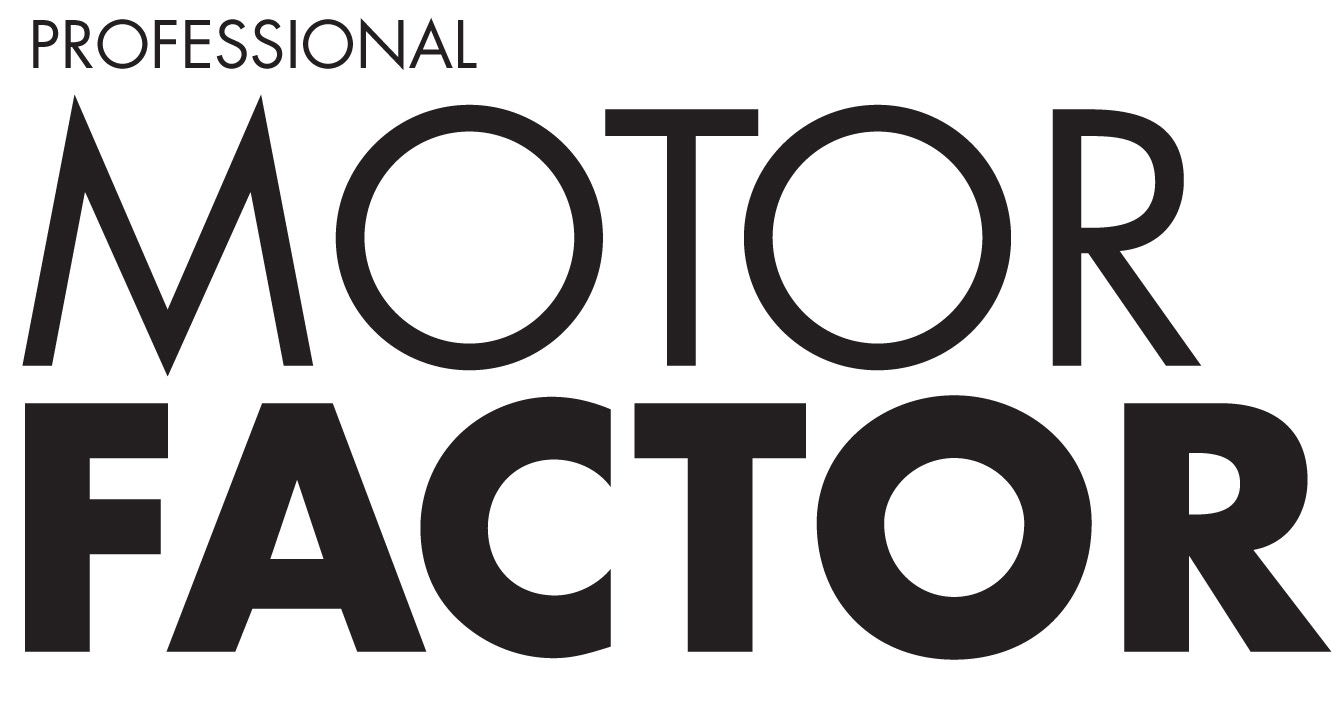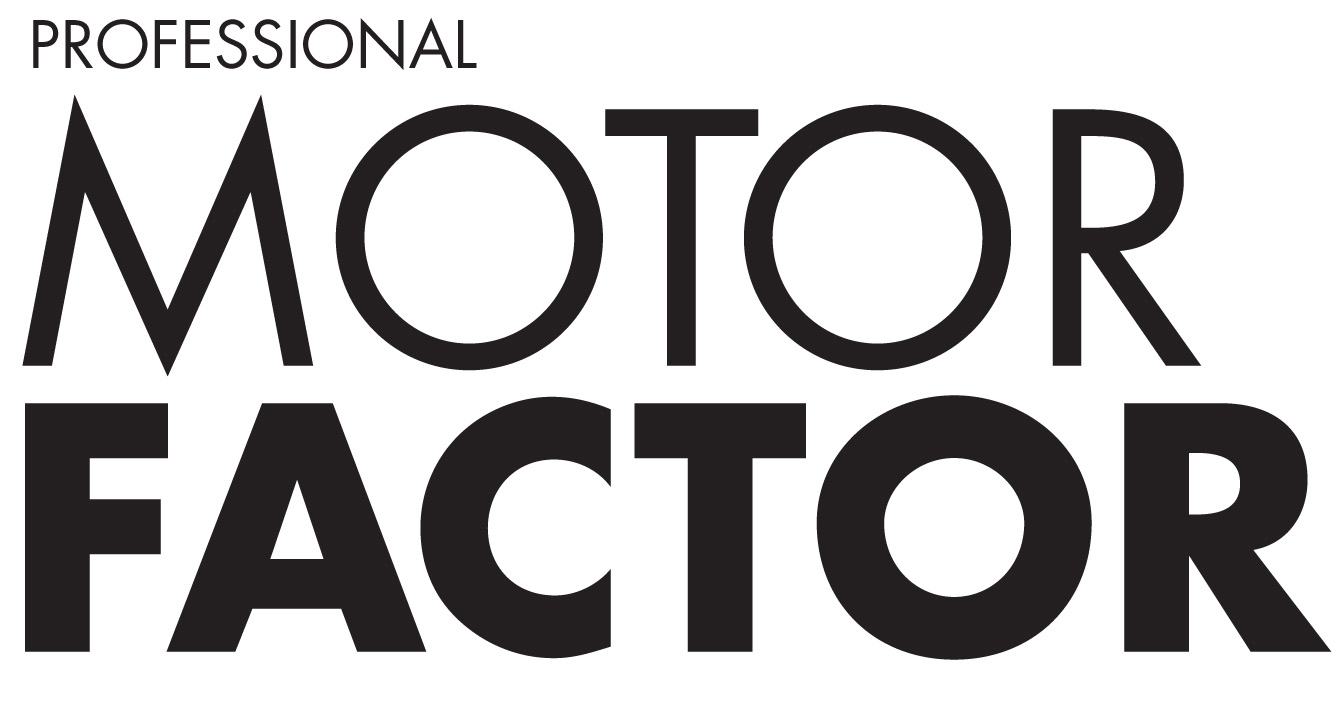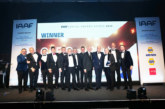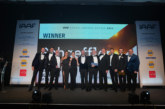Why the Automotive Aftermarket needs leaders now

Electrification, digital transformation and sustainability are shaping the trade, according to the experts at Glen Callum Associates. Supporting over 41 million vehicles and contributing billions to the economy, the sector is dynamic but faces a pressing talent challenge. The recruitment specialist believes the sector needs fresh commercial, operational and strategic leaders – and needn’t be restricted to recruiting from within.
While traditionally perceived as conservative, the aftermarket is addressing supply chain resilience, EV readiness, shifting customer expectations and data-driven decision making. This creates opportunities for experienced professionals from sectors, such as advanced manufacturing, logistics, retail, e-commerce, aerospace, fast-moving consumer goods (FMCG) and technology, to bring valuable expertise. Skills in lean production, automation, customer strategy, global supply chains, sustainability and ESG frameworks are particularly transferable.
At Glen Callum Associates, with 25 years of recruiting leadership talent into the aftermarket, it hears employers call for “fresh thinking and diverse insight”. Some of the most impactful leaders have come from outside the sector, proving that with strong on boarding and cultural alignment, cross industry hires can deliver measurable results.

For more insights into this topic, Glen Callum Associates Director, Glen Shepherd, answered our questions:
Q. Which industries outside the aftermarket have you seen produce the most successful leadership transitions, and what makes those candidates stand out?
A. We’ve seen particularly strong leadership transitions into the automotive aftermarket from allied industries, such as the agricultural machinery aftermarket, the industrial supply chain and wider engineering sectors. These share key operational similarities with the aftermarket – including complex distribution channels, multi-tiered customer relationships and the critical importance of service, parts supply and product availability.
Take, for example, a recent successful placement from the agricultural aftermarket: the candidate had a deep understanding of equipment lifecycle support, stock optimisation and dealer network performance – all of which translated seamlessly into the demands of the automotive aftermarket. Their familiarity with a parts-driven business model meant they could hit the ground running while bringing in fresh ideas.
What makes these candidates stand out isn’t always a dramatic difference in personality or leadership style, but rather their relevance and alignment to the aftermarket’s pace, process and commercial rhythm. They’re used to working in environments where customer uptime is critical and where technical product knowledge is as important as commercial acumen.
Crucially, they bring valuable outside perspective – whether that’s from lean manufacturing principles in engineering, digital sales enablement from industrial supply chains or sustainability strategies from adjacent sectors. When paired with a solid on boarding and integration process, these leaders inject fresh energy, challenge legacy thinking and often accelerate innovation within aftermarket businesses.
Q. How do you advise clients who are hesitant to consider candidates without direct aftermarket experience?
A. It’s not uncommon; there’s often a concern that without direct industry experience, a candidate might struggle to understand the sector’s nuances. However, part of our role as specialist recruiters is to help clients look beyond just industry familiarity and instead focus on transferable skills, mindset and personal characteristics that align with aftermarket success.
We start by helping clients break down what drives performance in their roles – whether it’s commercial agility, technical credibility, operational leadership or strategic thinking – and then identify those attributes in candidates from outside sectors. Often, professionals from industries, like engineering, industrial distribution or even FMCG, have operated within similarly complex supply chains, margin-sensitive environments or customer-centric models.
What’s critical is drawing the parallels between the candidate’s experience and the key dynamics of the aftermarket; for example, a sales leader from the industrial sector may not know the terminology of the automotive aftermarket, but they’ll understand channel strategy, distributor engagement and product availability – all core pillars of aftermarket business.
We also place heavy emphasis on personal qualities – adaptability, curiosity, resilience and a proactive learning mindset. Candidates who show a strong willingness to immerse themselves in the sector, backed by a proven track record of cross-sector success, often bring fresh perspectives and deliver standout results.
Ultimately, we encourage clients to balance sector knowledge with leadership potential. Some of the most transformative hires we’ve facilitated came from outside the aftermarket – not despite their different backgrounds, but because of the new thinking they brought. With the right support and on boarding, these candidates often exceed expectations.
Q. What are the most in-demand leadership skills you are seeing from aftermarket employers right now?
Right now, the most sought-after leadership skill in the aftermarket is change management – and not just managing change but having the courage and conviction to drive it.
Shifts in vehicle technology, electrification, supply chain evolution, digitalisation and changing customer expectations are reshaping the landscape. In response, employers are seeking leaders who aren’t just reactive but proactive – those who can anticipate change, communicate it effectively, and rally teams behind a clear vision.
Successful leaders today must be ‘agents of transformation’ – with the strategic mindset to spot opportunities, the resilience to manage disruption and the interpersonal skills to take their people with them. It’s no longer enough to maintain business-as-usual; the aftermarket needs leaders who are bold enough to challenge legacy thinking, restructure where needed, and embed a culture of agility and innovation.
We’re also seeing strong demand for leaders who can balance commercial sharpness with emotional intelligence. Whether it’s guiding a business through digital evolution, re-engineering a supply chain or entering new markets, leaders must combine business acumen with people-centric leadership. Those who can engage teams, manage resistance, and turn uncertainty into momentum are standing out.
Q. Can you share an example of a senior hire from outside the sector who made a measurable impact?
A standout example is a recent senior hire we placed from an agricultural OEM background, where the individual had built an impressive pedigree in aftersales leadership. Although new to the automotive aftermarket, his deep understanding of complex machinery support, parts supply and dealer development made him an ideal candidate for a European-wide role in an automotive business looking to elevate its spares division.
He was brought in to transform what had been a reactive, replacement-led parts operation into a proactive, commercially focused aftermarket sales function. Drawing on his experience from the agricultural sector – where uptime and preventative parts strategies are vital – he introduced structured sales pipelines, demand forecasting tools and customer engagement models that were previously lacking.
The results have been tangible: in under 12 months, the business has shifted from a passive fulfilment model to a forward-thinking aftermarket organisation, with an expanding European footprint, improved customer retention, and doubledigit growth in strategic parts sales.
Q. What practical steps can aftermarket businesses take to make the on boarding smoother for leaders from other industries?
The most effective businesses strike a careful balance between structured support and strategic autonomy.
One of the key steps is to ensure that new leaders are given the freedom and authority to lead. These individuals are often brought in specifically to drive change, challenge legacy systems or bring in external best practices – so it’s vital they’re empowered to do just that. Micromanagement or rigid internal barriers can quickly dilute their impact.
Concurrently, providing clear context and cultural on boarding is essential. Senior hires from outside the sector benefit greatly from a structured introduction to the nuances of the aftermarket – whether it’s customer expectations, supply chain intricacies or the importance of product availability and speed of service. Shadowing internal teams, spending time with key customers or distributors, and engaging in knowledge-sharing sessions with aftermarket veterans can all help accelerate sector-specific understanding.








